Baking Coach: Chicken Pot Pie
Chicken Pot Pie
Yield: One 9-inch round pie – Prep time: 1 hour – Servings 4 – 6
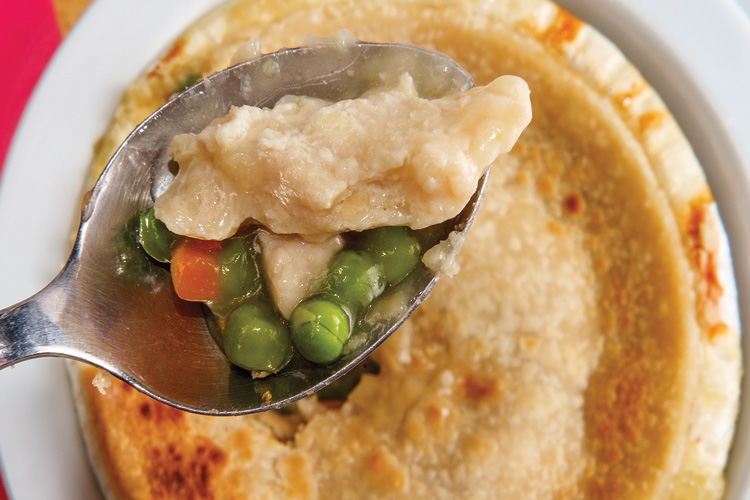
Here is what you need:
- 2 2/3 level cups all-purpose flour
- 1 tablespoon sugar
- 1 level teaspoon salt
- ½ cup all-vegetable shortening, cold
- ½ cup butter – unsalted, cold, and cut into 1-inch pieces
- 7- 8 tablespoons cold water
- 10 ½ ounce can cream of chicken soup
- 1 ½ cup frozen mixed veggies
- 1 ½ cup chopped cooked poultry Chicken or Turkey
- 1 egg (optional)
Here is how you do it:
Mix flour, sugar, and salt in a medium bowl. Cut in shortening and butter using your fingertips until all flour is blended in to form pea-sized chunks. Sprinkle with water starting with the 7 tablespoons. Keep using your fingertips to blend until the dough forms a ball. The dough should come together quickly. If it doesn’t add in the additional tablespoon of water. Divide dough in half, making a double crust. Press between hands to form 2 disks; wrap in plastic wrap, and chill for ½ hour in the fridge, before rolling. While dough is chilling use the same bowl you mixed the dough in for the filling. Add to the bowl, soup, veggies and poultry, mix well, set aside.
Flour dough lightly. Roll into circle between sheets of waxed or parchment paper on a flat surface. Peel off top sheet. Flip into pie plate. Remove other sheet and press pastry to fit. Transfer bottom crust to pie plate. Using a fork, create 5 sets of vent holes into the dough. Pour in filling. Repeat the same process for dough’s top crust. Remove top sheet from top crust. Lift top crust onto filled pie. Remove another sheet. Trim dough to the edge of pie plate. Press top edge to bottom crust with a fork. Pierce top crust with fork 4 or 5 times and cut a hole in the center top crust to allow steam to escape. For a shiny crust, brush with a scrambled egg and 1 teaspoon of water just before baking.
Bake assembled pie on a cookie sheet in a 375-degree oven for about 40 – 50 minutes, or until golden brown.
Go Green and Grow an Herb Garden
As we start this month of April, we are reminded that it is National Garden Month and this month includes Earth day which is April 22nd. When I think of Earth Day, I always think of how I can make an impact on this planet. As a passionate gardener who found her green thumb several years back, I plan my garden each year in a way that I can make my food supply chain as local as possible. When you do this, you know where your food comes from and you feel a spark of joy eating what you sow. If you are looking to do the same, my recommendation is to start small. To start, I recommend growing HERBS. You don’t need a green thumb to grow herbs; You need patience and some seeds (or seedlings)!
When it comes to Herbs there are two major types; perennial and annual herbs. Annual Herbs you only have for one growing season and will have to replant every year. These includes your basils, Cilantro, Parsley and dill. Perennial Herbs are plants that will return each year, these include thyme, sage, oregano, mint and chives. Perennial herbs you plant once and can harvest for many years. Herbs require full sun and need well drained soil.
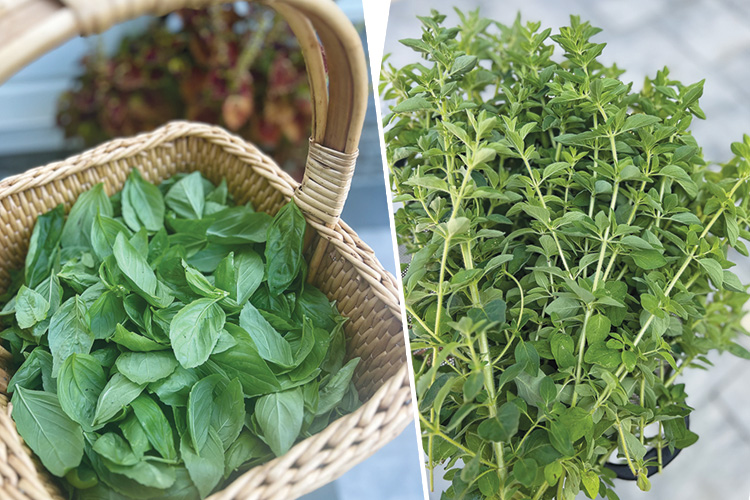
Now what’s next? Where and what do we plant these herbs in? I would highly recommend growing herbs close to your house. On your steps, patio, deck or even your window sill! And since we are talking Earth Day, I love to consider sustainable planting ideas; Use what you have. You can grow herbs in any container as long as you have proper drainage, sunshine and good soil. Use any pot you have at hand or direct sow into the ground. Just to note, Mint should always be planted in a pot, otherwise it will take over your garden. My dad is a contractor and we typically like to reuse what he takes out of a job in our projects. We created a raised herb bed out of 100+ year old roof rafters that our herbs continue to thrive in each year. In your container or designated garden area, be sure only to plant herbs that you will use. Thyme, Oregano, Parsley, Sage and Rosemary grow great together! Basil is a great summer herb that provides excellent freshness to any meal. To have plentiful basil throughout the growing season, consider replanting seeds every two weeks.
Where do we buy these herbs? You can stop by your local nurseries for seedlings or seeds. Otherwise, shop for seeds online and direct sow. I get most of my seeds from Hudson Valley Seed Company in Accord, NY. Always consider supporting and shopping local and small when you can.
With having an array of herbs at your fingertips the opportunities are endless. I love to dry my herbs and use them throughout the year. I grow a lot of Basil and make pesto that I freeze to enjoy during the long cold winter nights to remind me of summer. Whatever your garden goals are, remember every step you make to eat and grow local will go a long way for the planet and bring you lots of joy.
Rainy Day Fashion: Be Fantastic Through the Showers, Then Watch Those May Flowers Bloom
Fewer weather trends make it harder to select an outfit than a rainy day. And once we get into late winter or early spring, many parts of the nation find ourselves experiencing several days in a row of rainy or misty weather. Those raindrops may feed the grass, plants, and flowers, but if you don’t plan well, your outfit may wilt more than an overwatered flower.
The keys to planning your outfit for the rain are to highlight your outerwear and footwear and to keep comfort front of mind. Jackets for the season may range from raincoats – both long and short – to puffers depending on the temperature. The key is to choose an item that will repel the water or dry quickly. A denim jacket will get very wet and hold that water for hours, leaving you cold and uncomfortable. Booties in high shine or patent leather will likely repel rainwater as will waterproof suede. Pair your booties with jeans [under the jacket denim is a good choice] and a button-down blouse, topped with a car-coat length rain jacket for a classic, comfortable ensemble to move throughout a rainy day.
For an understated look with which to move throughout a rainy day, consider a monochromatic maxi-dress with a long raincoat atop it. Paired with those waterproof suede booties and, perhaps, an unstructured tote bag in the same fabric, you will be picture perfect as you effortlessly jump over a puddle.

The monochromatic trend of fall and winter works beautifully on a rainy day. Pair a solid color dress with a jacket of the same color (or one shade darker). Complete the look with an umbrella and shoes in that same shade. Whether a bootie, water-repellent leather sneaker or a stacked-heeled patent leather Mary Jane, you will be sporting a look that is simply stunning.
Looking for something truly casual on a rainy day? Try wearing your most comfortable leggings or sweatpants with a pair of just-below-the-knee waterproof boots. Add a great sweater and a hooded raincoat. You will be stylish, comfortable, and, of course, dry. Need a little ‘zing’? Add a hat or some costume jewelry. Try an extra-long necklace or hoop earrings for a little sparkle. Another casual, comfortable, and rain-friendly option is cargo pants. Pair them with a tank top or shell and top with a large, boyfriend cut leather blazer. It’s a great look for the weekend, a casual evening out, or even a midweek lunch with a friend.
If the sun sets but the rain keeps falling, stay rainy day stylish in a short to mini skirt (depending on your comfort zone) with a slimmer sweater, biker boots and a long, fabulous raincoat. What can top your business apparel by day can take on a whole new look come evening when paired with a very different outfit and footwear.
A little rain falling from the sky is no reason to think you cannot look your best. With the right items, you will look your best no matter how hard the rain comes down. And don’t forget, behind those April showers are May’s beautiful flowers.
Secret Source of Inflammation
Did you know that your reaction to life, circumstances, events, people, family, work and more can impact your health? It is a secret source of inflammation. There are actually a variety of tests to measure it. However, it is not a simple fix even when the lab results come in. The answer is not to just take a pill and it is gone. When you do the work to identify it and properly deal with it, the health benefits are palpable and worth your while to put in the work to reverse it.
So what could this secret source of inflammation be? It is your stress response. If you cope poorly with stress, your health will likely be negatively affected. There is acute stress and chronic stress. Stress is unavoidable, but remember – it is your reaction to stressors that matters most. Learning how to recover from acute stress so that it does not turn into a chronic state of being is key. It is beneficial to one’s mental and physical health to deal with acute stress as it comes. I help many of my patients with this and talk therapy is one of my favorite ways to understand each of my patients. One factor that is prevalent is how much stress people keep to themselves. Once they release it by talking about it, oftentimes the perspective can shift. Perspective is crucial in understanding the stressor as well as identifying how it’s negatively affecting you so that something productive can be done to deal with it.
If acute stress is not addressed and dealt with then it can develop into chronic stress. Some signs include physical body aches/pain, hypertension, insomnia, mood disorders, anxiety, fatigue, isolation, change in appetite, extreme weight changes, addictive behaviors: drug, alcohol, etc. Physical ailments can contribute to more stress, leaving people feeling hopeless and stuck in a detrimental cycle.
There are labs that I use to measure how stress is affecting people. Watching these markers improve over time are encouraging to my patients. Some values include: cortisol, prolactin, and inflammatory markers. Another factor is that any deficiency or excess in nutrients or abnormal values can also be stressful on the body. These include B vitamins, magnesium, full thyroid panel, Hemoglobin A1C, iron/ferritin and toxic exposures. Hormones are also largely affected by stress.

There’s good news though – you can choose healthy ways of dealing with stress.
Decreasing stress naturally is essential to not letting stress get the best of you. Some of my favorite recommendations are a variety of breathing techniques, grounding exercises, proper use of essential oils, adequate diet including good forms of macronutrients: fats, carbohydrates and proteins. Oftentimes people are depriving themselves of whole foods or overeating the bad stuff which only puts the body at risk of feeling stressed. Exercise based on blood type is wonderful since each blood type releases cortisol, the stress hormone, differently.
Let’s face it – as humans, we all have stress. The way we deal with stress can make or break ourselves. If you or a loved one is dealing with acute or chronic stress let them know about the natural ways that can bring their body back to balance!
Cultivate Joy!
I don’t know about you, but I can certainly tell you that my life, of late, has been missing something! At first, I wasn’t quite sure about exactly what it was. I had gone over all my checklists, reviewed all the necessary tasks for caring for myself and my family, been sure to address all those nagging issues, that have gone unresolved for a long time, and still, I wasn’t able to put my finger on it. When I began to question why I was feeling unfulfilled, always sluggish in carrying out my day-to-day routine, and a general sense of malaise, it finally occurred to me: I was lacking joy in my life! Sometimes, we become so wrapped up in doing things, checking off the proverbial boxes, and keeping score with all the different responsibilities our lives are comprised of, that we actually forget to cultivate joy. Yes, joy must be cultivated; it is not a given for anyone. Like a solid relationship or a longstanding habit, we need to be mindfully aware of how to bring joy into our lives, and be committed to doing so. This would beg the question: “How do I cultivate joy in my life?” Well, there are many ways. It is imperative to search your soul and figure out exactly what joy means to you.

It is not the same for everyone, nor does it always remain the same, for ourselves. Like all things in life, it changes: with our age, our circumstances, our interests and our values. Joy, for a teenager, might mean hanging out with friends, playing sports or going to a movie. For a person in their twenties and thirties, it could be found in a serious relationship, a new job, or a first home. For those of us in midlife and beyond, it could mean retirement, welcoming grandchildren or traveling. Joy can be found in doing simple things, such as taking long walks, catching up with friends and family, spending time in solitude. It can also be found in grander efforts, such as personal growth, trying new activities, meeting new people or new goals. Cultivating joy is a personal journey, which can also include collaborating with significant people in our lives. It can be found in the sound of birds chirping, watching a child at play or reading a favorite book, in meditation, in community with others, and in so many other endeavors! There are countless ways to incorporate joy into our daily lives and to create a space in our hearts for gratitude, which also begets joy. We need to identify our sources of joy, build into our daily routine both time for and attention to focus on the joyful moments, while making efforts to acknowledge our gratitude, along the way. Be they big or small ways, simple or elaborate happenings, solitary or communal experiences, there is joy to be had for each of us, if only we can envision it, prioritize it and appreciate it!
Kehila Kedosha Janina: Iconic Congregation Stands the Test of Time
Kehila Kedosha Janina (the Holy Community of Janina) is the only Romaniote synagogue in the Western Hemisphere. Romaniote Jews are the indigenous Jews of Greece and have the distinction of the longest continuous presence in the European Diaspora. They are a unique community of Jewish people whose history in Greece dates back over 2,300 years to the time of Alexander the Great. The Romaniotes are historically distinct from the Sephardim, who settled in Greece after the expulsion of the Jews from Spain in 1492.
The Kehila Kedosha Janina synagogue was first organized in New York in 1906 by Greek-speaking Romaniote Jews from the city of Ioannina in Northwestern Greece. In the early twentieth century there were hundreds of other synagogues on the Lower East Side that served Ashkenazi Yiddish-speaking Jews or Sephardic Spanish-speaking Jews. Needing a place of their own where they could preserve their unique traditions, customs, liturgy, and language, property was purchased at 280 Broome Street and the congregation opened its doors to worship at its current location in 1927. When KKJ opened, it was the 404th Jewish house of worship on the Lower East Side, south of Houston and is now one of only three still functioning, and one of only two that still conduct services.
![]()
For the past 95 years, KKJ has served the Romaniote community on the Lower East Side and after the closing of nearby Sephardic synagogues, many of the remaining neighborhood Sephardim. In 1997, a museum was created in the women’s gallery to tell the story of this distinct community to a world that knew so little about them. The present Museum Director, Marcia Haddad-Ikonomopoulos, is celebrating her 20th year as the Director. As she often, jokingly, says, “The Museum has legitimized my obsession.”
The synagogue is a designated New York City landmark and continues to hold services every Shabbat as well as all Jewish holidays. In addition, it houses a museum about Greek Jewry that is open to the public every Sunday, as well as by appointment. The museum serves as a repository for Romaniote and Sephardic Greek Jewish history, both in Greece and on the Lower East Side, and hosts many educational events including lectures, book signings, movie screenings, and concerts. One of our most popular events is our annual Greek-Jewish Street Festival, held every May, during Lower East Side History Month. Contact our Museum Director (museum@kkjsm.org) for additional information on this and other events. Visit our website at www.kkjsm.org for additional information and to schedule tours.
Kehila Kedosha Janina is located at 280 Broome St New York, NY 10002
Press Release: Philly Pretzel Factory
For some there comes a time to follow your dream of becoming an entrepreneur. Craig Rome, a Kings Park resident and successful marketing executive, recently acquired the well-known Philly Pretzel Factory in Smithtown with his wife Christine and daughter Emma. After working in corporate marketing for 25 years Craig wanted to put his skills into practice for himself and work in the surrounding community he fell in love with when he moved to Kings Park over 20 years ago. He searched for an organization with a proven formula for success.
With a 25-year history and over 160 franchise locations offering authentic Philadelphia style pretzels, it looked like the right opportunity. On January 2nd of this year the Rome family took over the Philly Pretzel Factory of Smithtown. “What attracted us most was not just their amazing product Philly Pretzel factory puts out, but the hands-on entrepreneurial spirit of the founders that are still involved. Combined with the support of the previous owners and our employees that stayed on, it made for a smooth transition,” says Mr. Rome. “I was in full support of what Craig wanted to do,” says Christine. So much so, that she gave up her career as a pre-school teacher to work alongside Craig. Daughter Emma, who is graduating from Suffolk in May, has been running their social media effort.
I’ve worked with thousands of small businesses over my years, but what I love most about these guys is the passion driven by an entire family. Having a party? What a great way to celebrate any occasion by starting off with one of their Party platters of rivets (pretzel bites) or famous mini hot dogs, lovingly wrapped in their irresistible pretzel dough. Try their amazing Philly cheesesteaks, pepperoni rolls, and cheeseburgers wrapped in fresh-baked pretzel. The real tug is in their matching dipping sauces (14 in all). Try the popular cinnamon, cheddar, and honey mustard. Bet you can’t dip just one!!
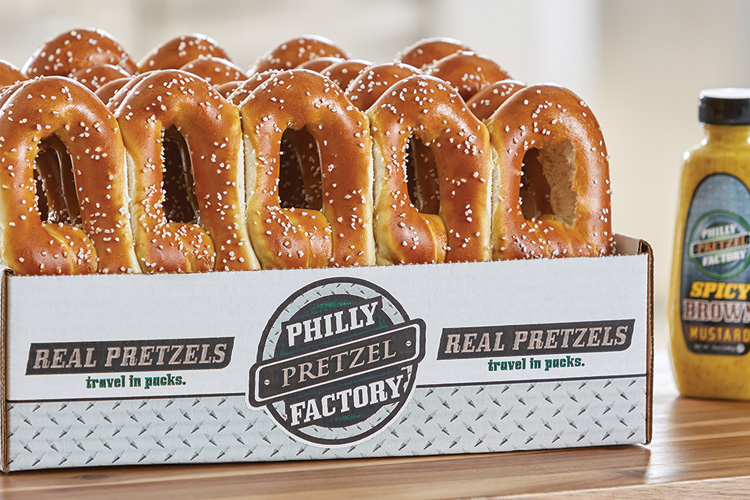
From their unique shape and incredible soft Pretzel recipe, the taste and texture is simply irresistible. As they say at Philly Pretzel Factory, “It’s not just about what goes into our pretzels It’s about how you feel when you eat one…or four!” I can tell you straight away, as soon as you walk in their store, the aroma of fresh bake pretzels will slay you into having one right on the spot. No doubt you’ll leave with a bag of four or more. They are that good!
What I genuinely appreciate is how community driven the Rome family is. Despite their busy schedule, Craig and Christine manage to take the time and volunteer with the local organizations.. Craig spends his time as the Committee Chair of Troop 539 Girl (an all-female BSA Troop) in Kings Park which he helped found, and Christine with youth at Island Christian Church in Northport. Join me in congratulating the Rome family and their Philly Pretzel Factory that is eager to deliver their passion in crafting irresistible creations that will no doubt exceed your expectations
Featured photo: Craig Rome flanked by wife Christine and daughter Emma
Philly Pretzel Factory is located at 314 Maple Avenue, Smithtown.
631.800.8200
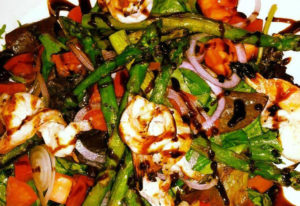
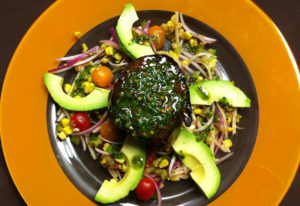
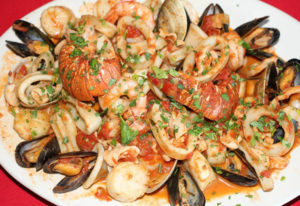






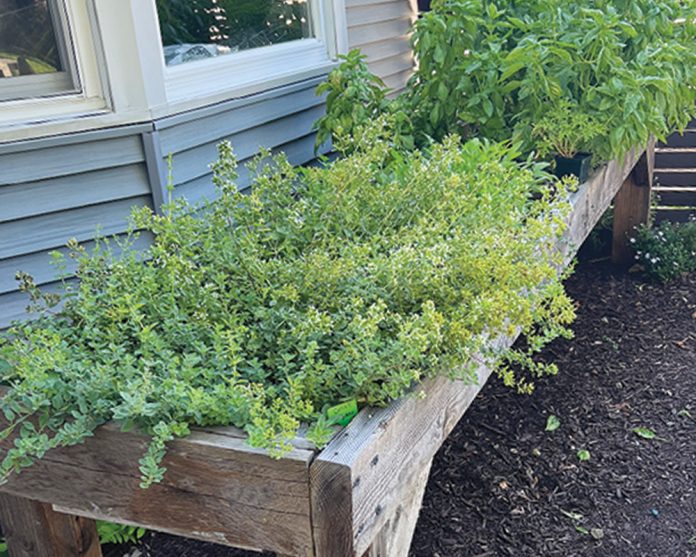




 20 lucky winners will win $500 each in prizes totaling $10,000.
20 lucky winners will win $500 each in prizes totaling $10,000.